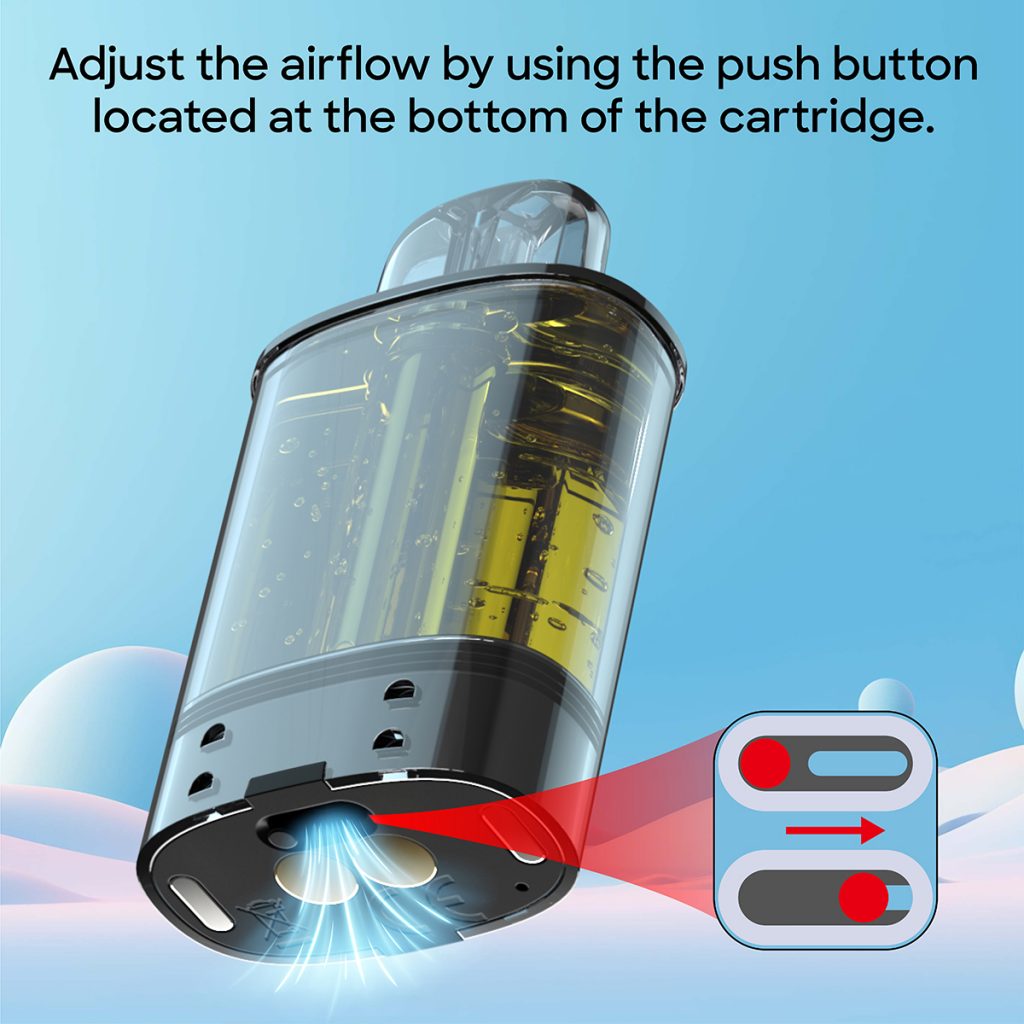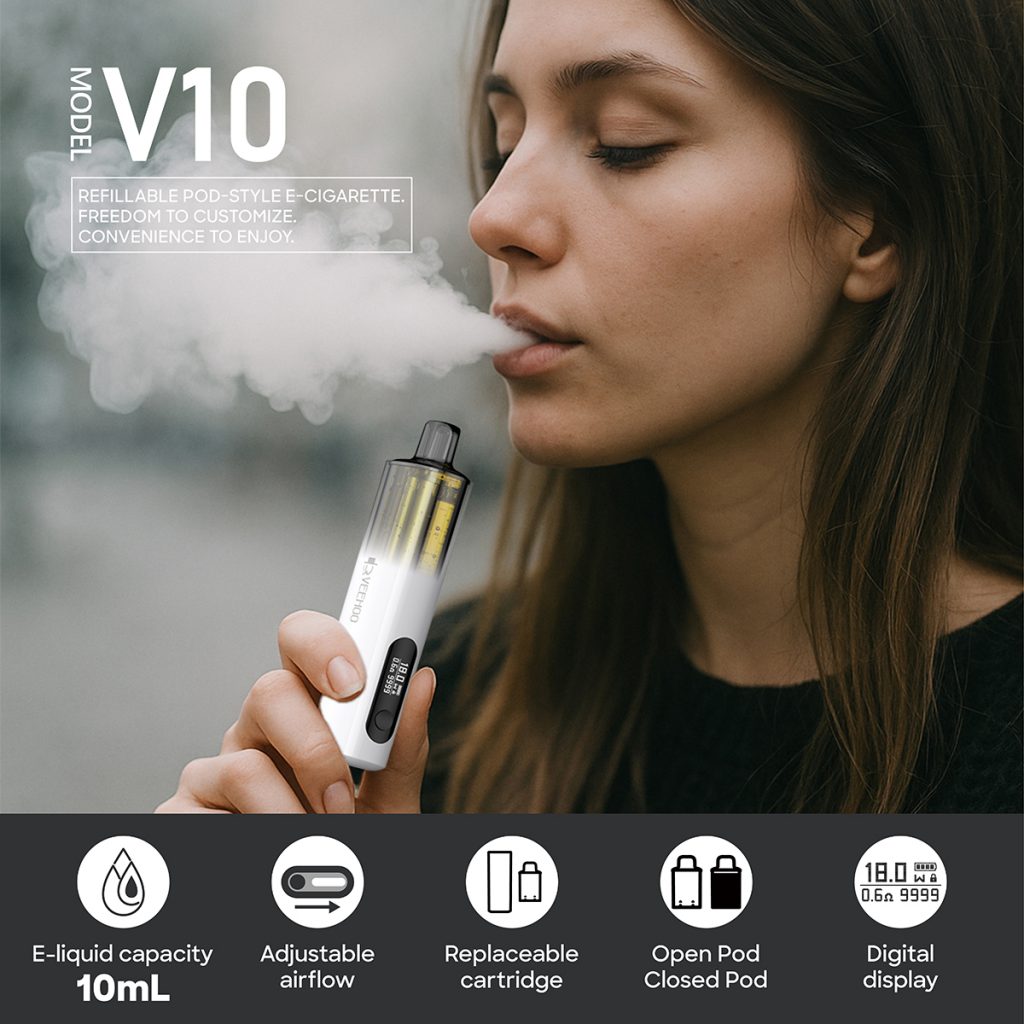In recent days, the Ukrainian Parliament—the Verkhovna Rada—has garnered widespread attention nationwide. A new bill, numbered 13548, has just been submitted. Its core content: a complete legal ban on the production, import, wholesale, retail, and distribution of e-cigarettes, including related e-cigarette liquids and accessories. This move is of great significance both from a policy and public health perspective. The bill emphasizes that, in the current social context, the harm posed by e-cigarettes, particularly to the younger generation, cannot be ignored.
In the detailed description of the bill, the Ukrainian Parliament explicitly stated that the bill would completely ban all aspects of the distribution of e-cigarette products under national law, including production, import, wholesale, retail, registration, and distribution. It would also remove these products from the national list of circulating products, eliminate any possible state support measures, and establish appropriate penalties for violations.
The original intention of the lawmakers in proposing this bill is to protect public health, especially the health of young people, and to curb the spread of a new wave of nicotine addiction. Citing health department data, they note that over 70% of daily smokers aged 18 to 29 use e-cigarettes or similar electronic inhalation devices. Even more worryingly, among those aged 13 to 15, approximately 40% have tried e-cigarettes, and approximately 20% are current users. Furthermore, over half of adolescents aged 15 to 16 have had experience with e-cigarettes, with 19% having used them within the past 30 days. These high rates expose the inadequacy of regulatory measures and the profound impact on young people.

In terms of health, the proposal also details the numerous risks posed by e-cigarettes. First, e-cigarette liquids may contain a variety of chemicals, such as propylene glycol, glycerin, aldehydes (such as acetaldehyde and formaldehyde), diacetyl (linked to “popcorn lung”), and in some cases, even nicotine, making even “nicotine-free” labels unreliable. Secondly, a series of health cases that have been documented are particularly alarming: In 2019, the United States experienced an outbreak of e-cigarette-associated lung injury (EVALI), with nearly 3,000 cases and approximately 70 deaths, of which approximately 15% were minors under the age of 18. Furthermore, e-cigarettes can also cause damage such as lipid pneumonia, bronchitis, and even spontaneous pneumothorax.
At the same time, environmental safety has also become a key concern. Discarded e-cigarette batteries and atomizers contain heavy metals and plastics, which, if not properly disposed of, can become a new source of environmental pollution. The unknown origins of some liquid ingredients pose a threat not only to users but also to public safety.
From a policy perspective, Ukraine’s move aligns with best practices from the World Health Organization. According to the World Health Organization, 41 countries have (partially or completely) banned the sale or use of e-cigarettes. This demonstrates that Ukraine is not alone, and its move to strict regulation is timely and significant.
Despite the Ukrainian parliament’s push for a complete ban, some e-cigarette brands have been striving to improve product safety and innovation amidst global technological developments. Veehooo is a representative example. Veehooo is renowned for its commitment to standardized production, precise temperature control, material safety, and e-liquid quality.
First, Veehooo prioritizes safety in its device design: they employ multiple protection mechanisms, such as overheating, short-circuit, and power-off protection, to minimize the risk of device accidents. Second, their e-liquid formulas are tested in public laboratories to be free of carcinogens, and their content is strictly controlled. For example, formaldehyde levels are kept to extremely low levels, and food-grade flavorings are used to avoid allergens, enhancing overall quality and safety.

Furthermore, Veehooo emphasizes transparency and standardization in its packaging and labeling, clearly marking nicotine content, ingredient source, production date, and batch number, striving to provide consumers with informed choices. Furthermore, they actively cooperate with recycling programs, offering recycling services for empty cartridges and batteries to reduce environmental pollution.
While these efforts certainly won’t change policy trends, they are commendable from the perspective of industry self-regulation and technological innovation. Whether aimed at meeting the smoking cessation needs of some adults or reducing the harm of secondhand smoke, these technologically driven and standardized attempts reflect the efforts of some companies to meet market demand in a safer manner.
Regarding the legislative level, despite technological innovations by brands like VEEHOO, current social realities and legislative intent in Ukraine lean towards a “zero tolerance” approach. Instead of adopting tiered management or regional pilot programs, they opt for a complete ban. This one-size-fits-all approach reflects policymakers’ deep sense of urgency regarding youth health protection, particularly in the face of the rapid spread of nicotine addiction and lagging regulatory oversight. The health and future of the younger generation are at the forefront of policy considerations.

This is not without controversy. On the one hand, a complete ban can rapidly reduce market supply, limit youth access, and prevent the secondary spread of traditional tobacco. On the other hand, it can also lead to a proliferating black market, fostering smuggling, underground trade, and the influx of unregulated products, undermining regulatory effectiveness. As some analysts have warned, the bill should be wary of deleting irrelevant producer cost accounting requirements to avoid increasing opportunities for illegal trade.
Overall, this proposal is not only a significant public health initiative but also reflects legislators’ determination to reverse the growing trend of youth nicotine use through stringent regulations. Even if some brands, such as Veehoo, attempt to mitigate the situation by improving safety and transparency, the current national policy is to first eliminate the source and then address reforms.
Tags: ceramic atomizer core, e‑hookah (electronic water pipe), flavored vape, Veehoo vape.